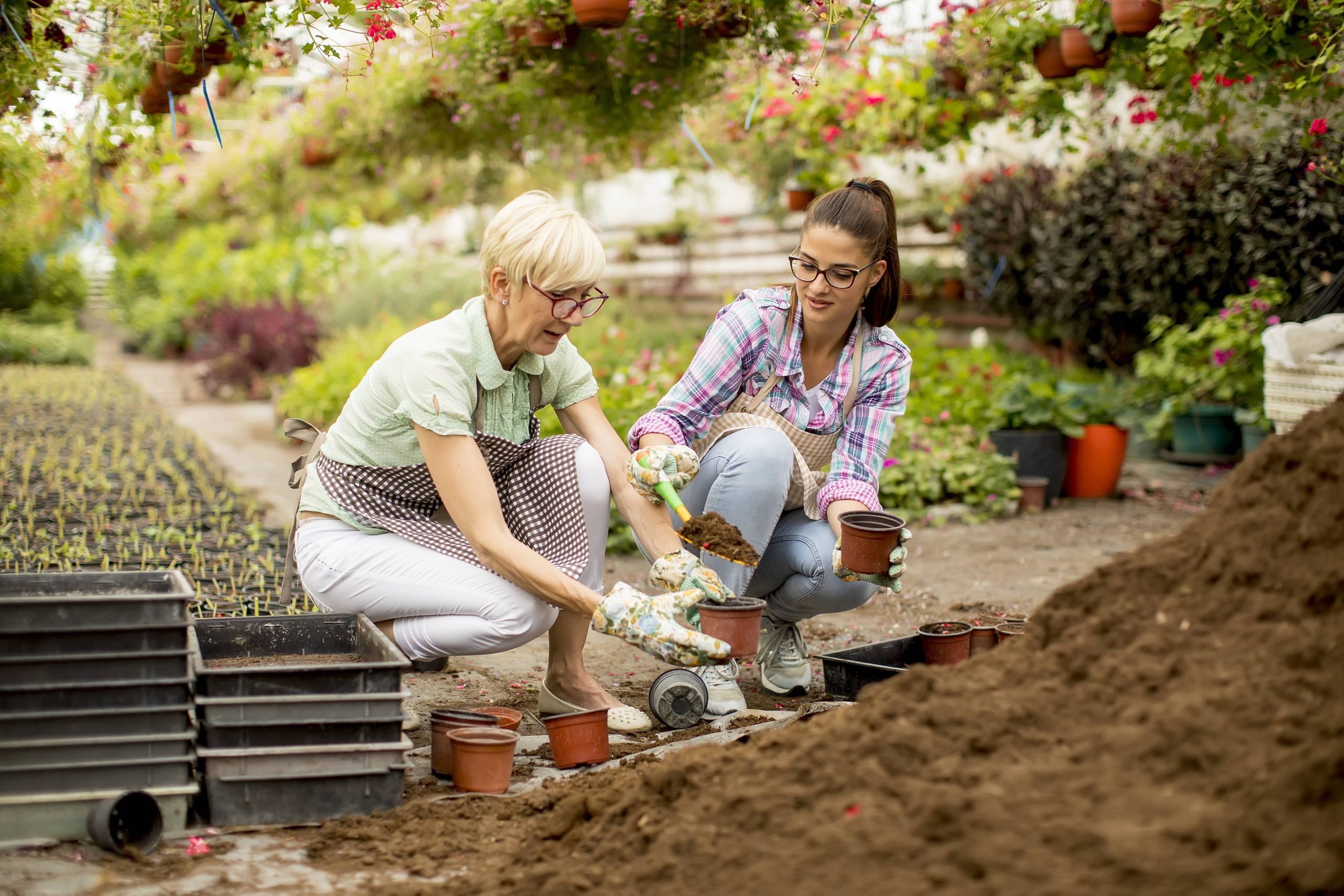
Creating your own backyard pond can transform an ordinary outdoor area into a peaceful, beautiful retreat. For gardening enthusiasts and nature lovers, a water garden presents endless opportunities for creativity and relaxation. Whether you envision a small reflective pool adorned with lilies or a larger pond filled with exotic fish and vibrant plants, designing and maintaining a backyard pond requires some careful planning and effort. In this post, we’ll walk through the basics of pond design and maintenance to help you create your perfect outdoor oasis.
Designing Your Backyard Pond
1. Planning Your Pond
The first step in designing a backyard pond is deciding where to place it. Choose a location that receives about four to six hours of sunlight a day. This is ideal for most aquatic plants, which require sunlight but can suffer in extreme heat. Avoid placing your pond directly under trees to minimize leaf fall and debris, which can increase maintenance efforts.
Consider the pond’s proximity to electrical outlets if you plan to install pumps, filters, or lighting. Accessibility for maintenance and enjoyment is crucial, so select a spot that complements the existing landscape while offering easy reach for cleaning and feeding fish.
2. Size and Shape
The size of your pond largely depends on the available space and your personal preferences. Remember that larger ponds can sustain more fish and plants and generally maintain better ecological balance. However, they also require more maintenance. Small ponds are easier to install and manage but can be more challenging to maintain stability.
When it comes to shape, simple designs work best for balance and cleaning ease. Irregular shapes can add a natural look but consider how you’ll reach every part of the pond for future maintenance. Ensure the pond has varying depths, with shallow areas for plants and deeper sections for fish to hide and overwinter.
3. Building Your Pond
Once you have your design mapped out, the next step is excavation. Depending on the pond’s size, this may be a DIY project or require professional assistance. After digging, line the pond with underlayment and a durable liner, such as rubber or polyethylene. The liner is crucial for retaining water and must be installed carefully to prevent leaks.
Add rocks and stones around the pond’s edges to secure the liner and enhance the natural aesthetic. These stones also provide hiding spots for pond inhabitants and a surface for beneficial bacteria to thrive.
4. Adding Water Features
Consider incorporating water features like fountains or waterfalls. These features enhance the pond’s aesthetic appeal and introduce movement and sound, creating a calming ambiance. Water features also help aerate the pond, which is beneficial for fish and plant life.
5. Selecting Plants
Choosing the right plants is vital for a thriving pond ecosystem. Opt for a mix of submerged, marginal, and floating plants to create horizontal and vertical interest. Water lilies and lotus plants add color and help shade the pond, reducing algae growth. Marginal plants like cattails and irises can grow around the edges, while submerged plants such as anacharis add oxygen to the water.
Include a few floating plants like duckweed or water lettuce to help cover the water’s surface and further reduce algae issues. Strive for a balanced ecosystem with 50-60% of the pond’s surface covered by plants.
6. Adding Fish and Wildlife
Fish bring life and movement to your pond. Koi and goldfish are popular choices, but they may require more space and filtration. Consider native species if you’re looking for a low-maintenance option. Introducing fish to your pond adds another layer of ecosystem management; ensure your pond can sustain the bio-load by adding fish gradually.
Attracting wildlife like frogs, dragonflies, and birds can benefit your garden’s health by controlling pests and adding to the natural atmosphere. Keep your pond chemical-free to maintain a safe haven for visiting wildlife.
Maintaining Your Backyard Pond
1. Regular Cleaning
Regular maintenance is key to keeping your pond healthy. Skim leaves and debris off the surface regularly and clean filters and pumps as needed. Check the pond liner for signs of damage periodically.
2. Controlling Algae
Algae is a common issue in water gardens. To manage it, implement preventative measures like reducing direct sunlight with plants, maintaining the right fish population, and utilizing natural treatments such as barley straw or specific pond-safe algaecides.
3. Seasonal Care
Seasonal changes require specific care for your pond. During autumn, prepare for fallen leaves and begin cutting back plants that could decay during winter. In winter, ensure the pond doesn’t freeze entirely, allowing gases to escape for fish survival. In spring, clean the pond, introduce new plants, and slowly resume feeding fish as temperatures rise.
4. Monitoring Water Quality
For a healthy pond, monitoring water quality is essential. Test the water regularly for pH, ammonia, nitrates, and nitrites. Maintaining a balanced ecosystem deters algae growth and ensures the health of your fish and plants.
5. Managing Fish Health
Keep an eye on the health of your fish. Watch for signs of illness such as sluggishness, unusual swimming patterns, or visible skin issues. Proper diet, clean water, and suitable fish density reduce stress and disease.
Conclusion
Designing and maintaining a backyard pond offers a rewarding journey into water gardening. By carefully planning your pond’s design and adopting a consistent maintenance routine, you can enjoy a thriving aquatic paradise. Whether your goal is to create a peaceful sanctuary or a dynamic living ecosystem, the basics of backyard pond design are your first step towards realizing your water garden dreams. Remember, a well-maintained pond not only enhances your garden’s aesthetic appeal but also benefits local wildlife, adding vitality to your outdoor landscape. Happy pond gardening!













